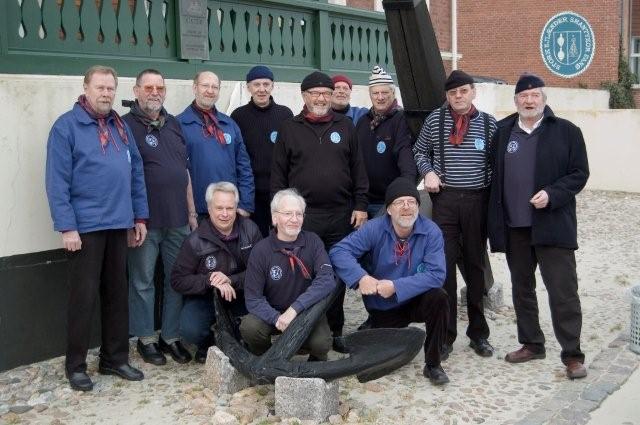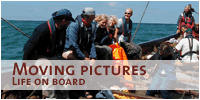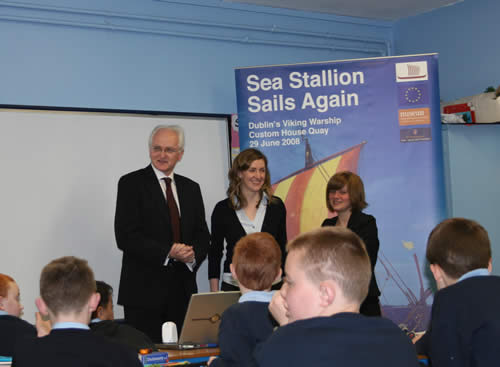When the Sea Stallion arrived in Dublin last year, the Viking Era came on the timetable for a lot of Irish schoolchildren. But not every class has had a chance to visit the Sea Stallion while it was exhibited at the National Museum over the winter.
So there was a lot of interest when the National Museum’s Schools’ Service contacted selected Irish schools in March to ask if they would like a visit from people from the project.
The European Commission had made a generous grant of €15,000. This meant that schools in Dublin and the south of Ireland could benefit from the idea, and two school tours were planned. In April, staff from the National Museum and a member of the Sea Stallion crew, museum curator Louise Kæmpe Henriksen, visited schools in Dublin and its surroundings. In May it was the turn of schools in Waterford, Wexford and Arklow.
With two schools a day and a presentation of 1½ hours, it was a full programme and the children enjoyed the change in the teaching. The exciting stories about the Vikings and the Sea Stallion’s voyage were a big hit.
The National Museum’s Schools’ Service gave a presentation of the Viking Age in Ireland, on which the children had a lot to contribute. Then came the story of how the Sea Stallion was built, the aims of the project, and the voyage itself.
“I showed the children a film to make it easier for them to imagine what it was like on board, which led to a lot of talk about the differences between sailing then and now”, explains Louise Kæmpe Henriksen.
“But the biggest hit for most children was what we brought with us. The Viking Ship Museum’s shipyard had lent us one of the bredbil axes, used to dress the Sea Stallion’s planks. When the axe was handed round, the children were wide-eyed over the still sharp edge and the runes engraved on the shaft. They felt very self-conscious about being allowed to hold a real axe.
“Finally, two children from every class were dressed up, one as a crew member from Viking times, with sword and helmet, and one as a crew member from the Sea Stallion, with modern wetsuit, life jacket and head lamps”, says Louise Kæmpe Henriksen.
Since the presentations in Ireland, letters have flooded in. Both the Irish National Museum’s Schools’ Service and the Viking Ship Museum have received many letters from school teachers, headmasters and pupils, with drawings of Vikings, reports written by pupils about the visit, and fine home-made postcards with pictures of the Sea Stallion.
The huge response suggests that the visits were a success. A lot of children write that it was great to get a visit from a “real Viking” who had sailed with the Sea Stallion. From the letters it is also clear that the toilet and bath facilities on the ship particularly surprised them. The children also hope the visitors will come back and tell them more once the return journey is over.




